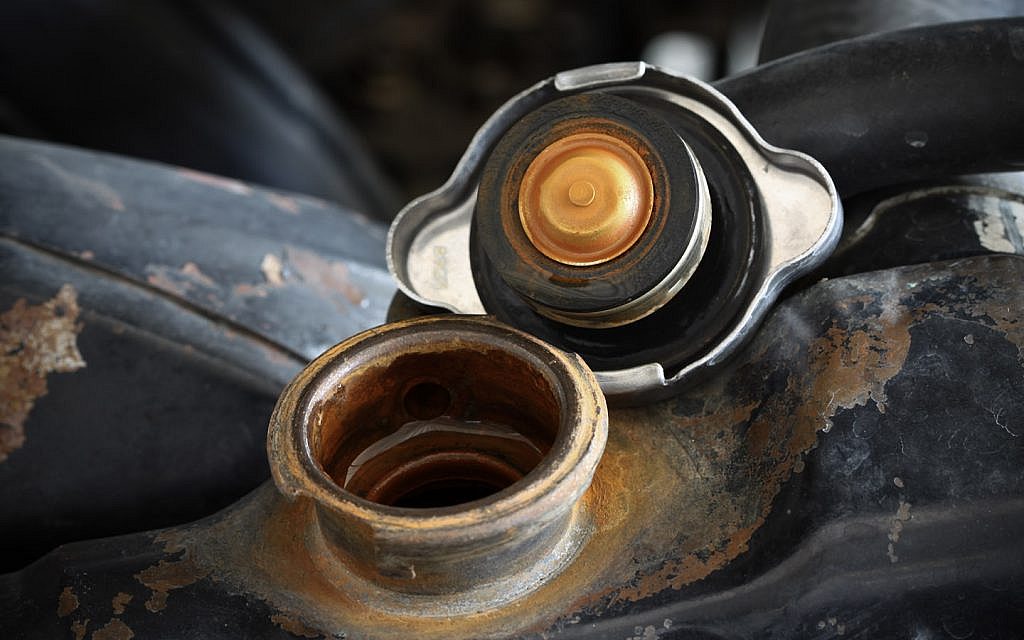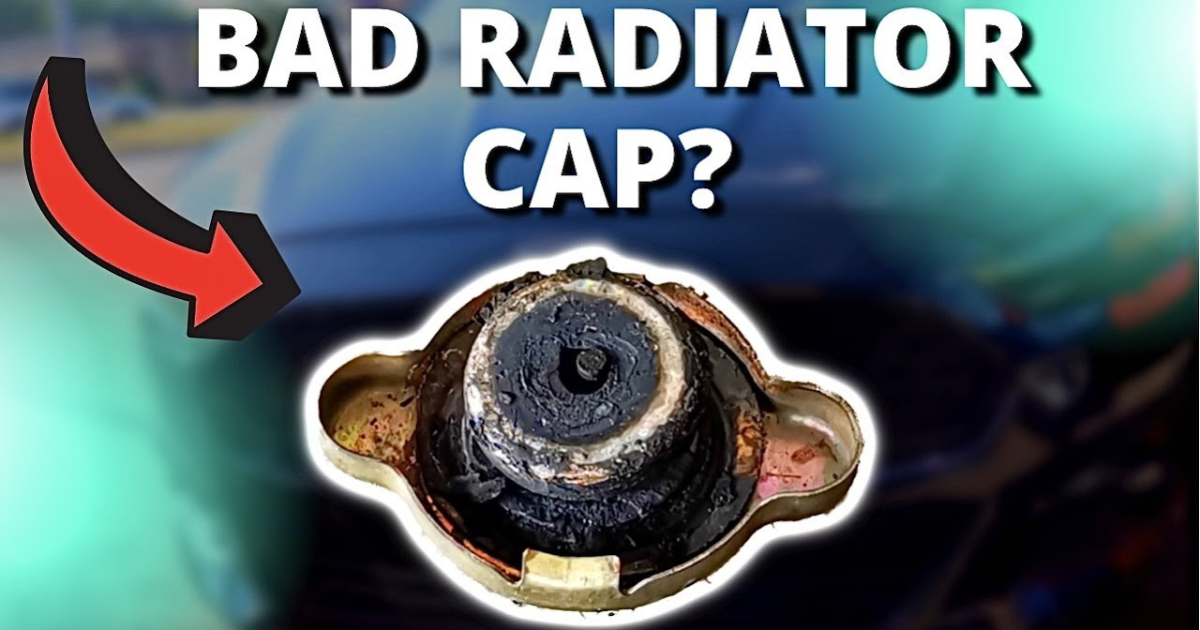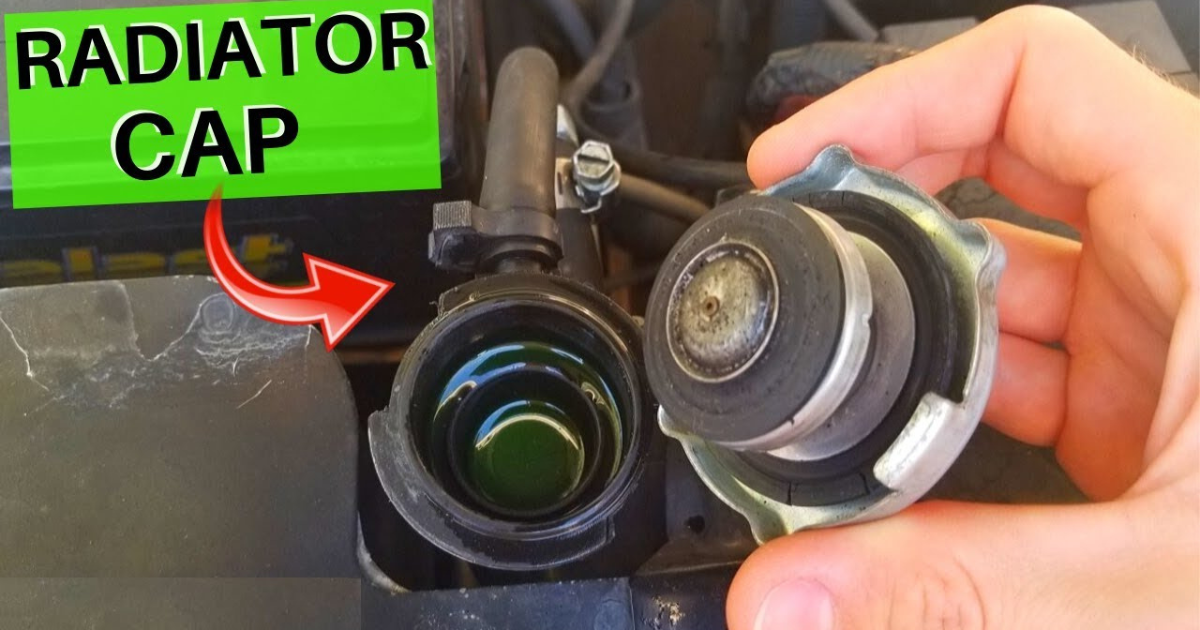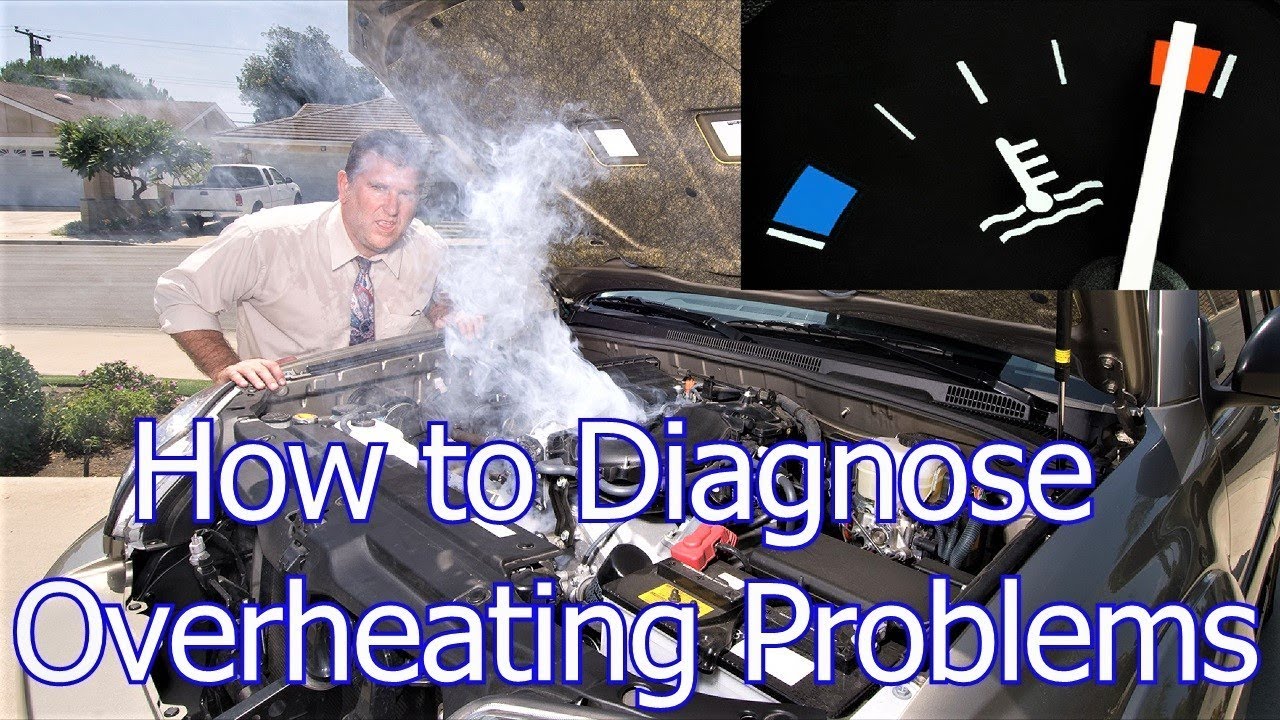Do not let your car get too hot! This useful guide tells you how your radiator cap keeps your engine cool and how to tell when it needs to be replaced. Find out how this small but important part affects the health of your car.
The engine in your car is hot. It’s true. But it needs to stay at the right temperature to avoid damage, just like a hot cup of coffee. The radiator cap is a fairly simple part that is very important to the cooling system of your car.
The Secret Life of a Radiator Cap
The radiator cap does more than just plug the hole in the radiator so water doesn’t leak out. The pressure regulator keeps the right conditions for your engine to run cool and smoothly. Let’s look at its many strengths:
- Getting the Water to Boil: Water usually boils at 100°C (212°F). It boils at a higher temperature when it is under pressure, though. The radiator cap keeps the pressure in the cooling system high, which lets the coolant boil at a higher temperature before it turns into steam. This keeps the water from boiling over and spilling out, which keeps the engine from getting too hot.
- How to Stop Collapses: The liquid shrinks as the engine cools down. Without the radiator cap, this contraction could make a vacuum, which could cause the radiator tubes to collapse and stop the flow of coolant. The radiator cap has a pressure relief valve that lets air into the system when it’s needed to keep it from collapsing.
- Keeping the right pressure: The radiator cap can do more than one thing. It also has a valve that opens when the system’s pressure rises too high. This keeps too much pressure from building up, which could hurt the radiator or other parts.

Signs of a Faulty Radiator Cap
Your radiator cap can break or wear out over time, just like any other part of your car. Here are some signs that you should be careful:
- Coolant Overflow: If your coolant reservoir keeps overflowing, it might be because the cap is broken and not keeping the pressure right.
- Overheating Engine: If your cap breaks or doesn’t keep the right pressure, the water can boil over at a lower temperature, which can cause your engine to overheat.
- Leaking Coolant: If the cap seal is broken, coolant can leak out, causing the coolant level to drop and the engine to possibly get too hot.
- Cracked or Damaged Cap: If you can see cracks or wear and tear on the cap, it’s time to get a new one.

Radiator Cap Maintenance Tips
The good news is that radiator caps are not too expensive and are simple to change. To keep your cap in great shape, follow these tips:

- Regular Checks: Look at the cap visually for cracks, leaks, or signs of wear during regular upkeep.
- Replace things every so often: Some makers say that the radiator cap should be changed at certain times. Look at the instructions for your car for help.
- Pick the Right Cap: Instead, don’t settle for a basic one. Use a cap that is made for your unique model of car to make sure it fits and works right.
Even though the radiator cap might not seem important, it is a key part of keeping your engine cool and running easily. You can make sure your radiator cap keeps your car running at the right temperature for miles to come by knowing what it does, spotting the signs of trouble, and giving it regular care.




